Vessels not under command or restricted in their ability to manoeuvre
(a) A vessel not under command shall exhibit:
- two all-round red lights in a vertical line where they can best be seen;
- two balls or similar shapes in a vertical line where they can best be seen;
- when making way through the water, in addition to the lights prescribed in this paragraph, sidelights and a sternlight.
NUC Day Signal
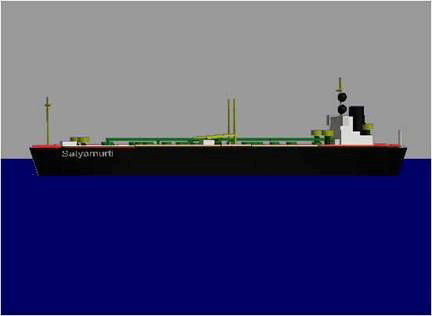
Vessels not under command Making Way through the water
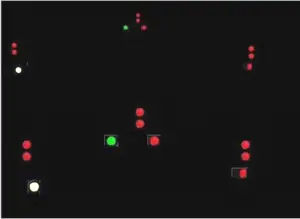
Vessels not under command NOT Making Way through the water

(b) A vessel restricted in her ability to manoeuvre, except a vessel engaged in mine clearance operations, shall exhibit:
- Three all-round lights in a vertical line where they can best be seen. The highest and lowest of these lights shall be red and the middle light shall be white;
- three shapes in a vertical line where they can best be seen. The highest and lowest of these shapes shall be balls and the middle one a diamond;
- when making way through the water, a masthead light or lights, sidelights and a sternlight, in addition to the lights prescribed in subparagraph (1);
- when at anchor, in addition to the lights or shapes prescribed in subparagraphs(1) and (2), the light, lights or shape prescribed in Rule 30.
Vessel RAM and Making Way through the water- Day Signal
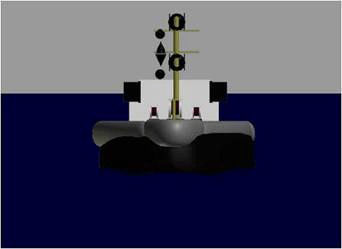
Vessel RAM and Making Way through the water- Night Signal

Vessel RAM Making Way through the Water – STERN

Vessels RAM Underway – STOPPED in the Water
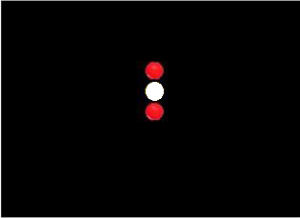
Vessels RAM at Anchor

(c) A power-driven vessel engaged in a towing operation such as severely restricts the towing vessel and her tow in their ability to deviate from their course shall, in addition to the lights or shapes prescribed in Rule 24(a), exhibit the lights or shapes prescribed in subparagraph (b)(1) and (2) of this Rule.
(d) A vessel engaged in dredging or underwater operations, when restricted in her ability to manoeuvre, shall exhibit the lights and shapes prescribed in subparagraphs (b)(1),(2) and (3) of this Rule and shall in addition when an obstruction exists, exhibit:
- two all-round red lights or two balls in a vertical line to indicate the side on which the obstruction exists;
- two all-round green lights or two diamonds in a vertical line to indicate the side on which another vessel may pass;
- when at anchor, the lights or shapes prescribed in this paragraph instead of the lights or shapes prescribed in Rule 30.
Dredger / Under Water Operations (U.W.O) Vessel – RAM
Green Balls: Clear Side /Red Balls: Obstructed Side

Dredger / Under Water Operations (U.W.O) Vessel – RAM
Green Balls: Clear Side /Red Balls: Obstructed Side
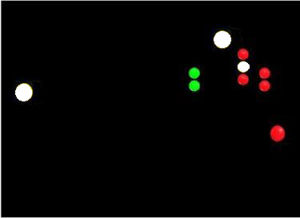
(e) Whenever the size of a vessel engaged in diving operations makes it impracticable to exhibit all lights and shapes prescribed in paragraph (d) of this Rule, the following shall be exhibited:
- (i) Three all-round lights in a vertical line where they can best be seen. The highest and lowest of these lights shall be red and the middle light shall be white;
- (ii) a rigid replica of the code flag “A” not less than 1 meter in height. Measures shall be taken to ensure its all-round visibility.
(f)A vessel engaged in mine-clearance operations shall in addition to the lights prescribed for a power-driven vessel in Rule 23 or to the light or shape prescribed for a vessel at anchor in Rule 30 as appropriate, exhibit three all-round green lights or three balls. One of these lights or shapes shall be exhibited near the foremast head and one at each end of the foreyard. These lights or shapes indicate that it is dangerous for another vessel to approach within 1000 meters of the mine-clearance vessel.
(g) Vessels of less than 12 meters in length, except those engaged in diving operations, shall not be required to exhibit the lights prescribed in this Rule.
(h) The signals prescribed in this Rule are not signals of vessels in distress and requiring assistance. Such signals are contained in Annex IV to these Regulations.
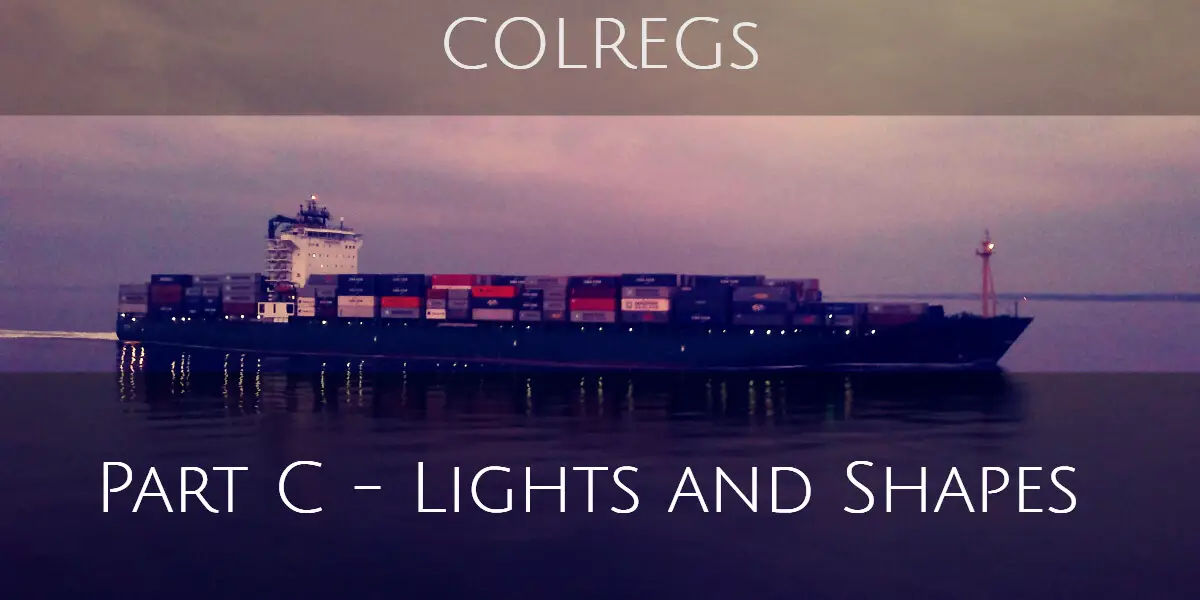
NUC and RAM are different lights. The illustrations seem incorrect.
Thank you, Anand. Glad you pointed out. Have corrected them.
Still incorrect 6 years on from the first comment.
A vessel Not Under Command is not the same as a vessel Restricted in Ability to Manoeuvre. This article seems to suggest they are one and the same.
NUC applies to a vessel suffering a problem that currently renders her unable to be “commanded” – e.g. steering or propulsion problems.
RAM applies to a vessel that is engaged in some kind of activity that restricts her ability to manoeuvre – e.g. laying a submarine cable.
A vessel cannot be RAM and NUC at the same time. If she is initially RAM, and then a problem develops that causes her to be unable to be “commanded”, she becomes NUC and must display the appropriate lights and shapes for NUC.
I’m only explaining this in case anyone reads the article and is confused.
If guess if you intend to share the ocean with me, at least we should be working from the same page.